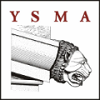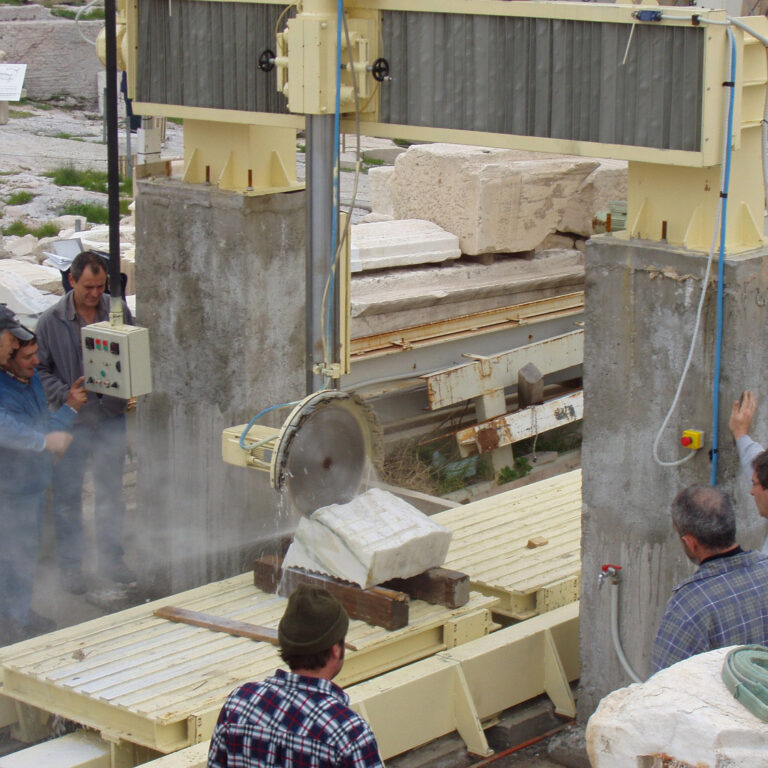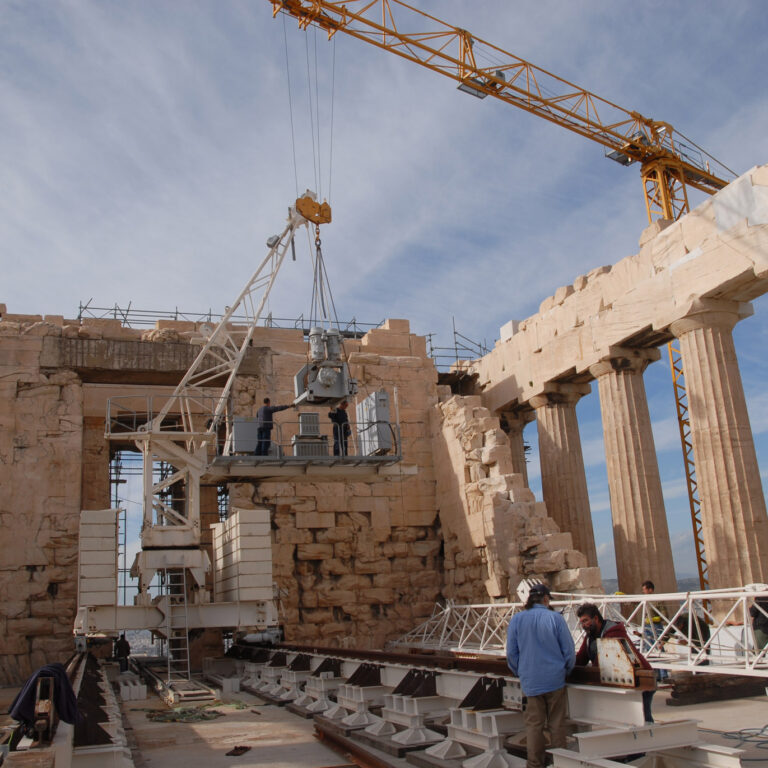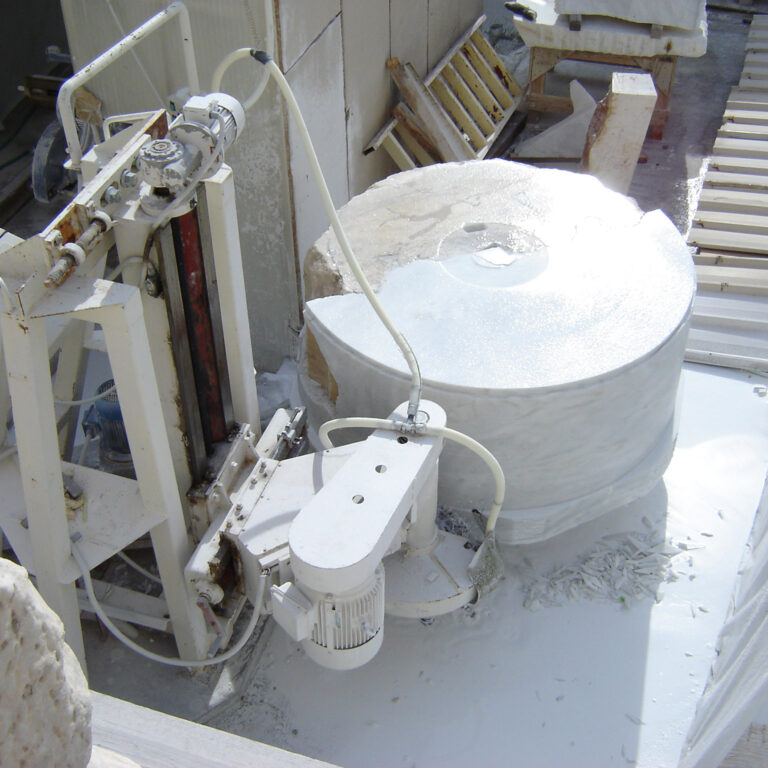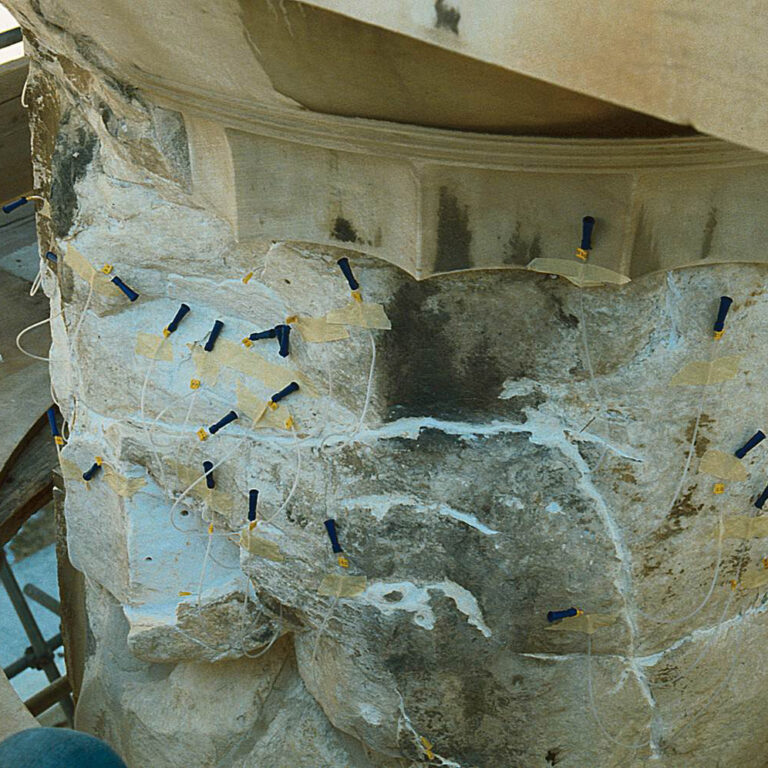
During application of the studies in the Acropolis worksites, theoretical and practical problems are encountered, to resolve which research programmes are carried out, either internally by the scholarly personnel of the works, or in collaboration with educational institutions or other research institutions (as examples we may mention the National Technical University of Athens, the Aristotle University of Thessalonike, the National and Kapodistrian University of Athens, the Institute of Technology and Research, The Institute of Geology and Mineral Exploration, the Technical University of Crete, University of Patras, Demokritos and others). Among the questions on which research was focussed during the interventions on the Acropolis monuments, the following were especially significant:
